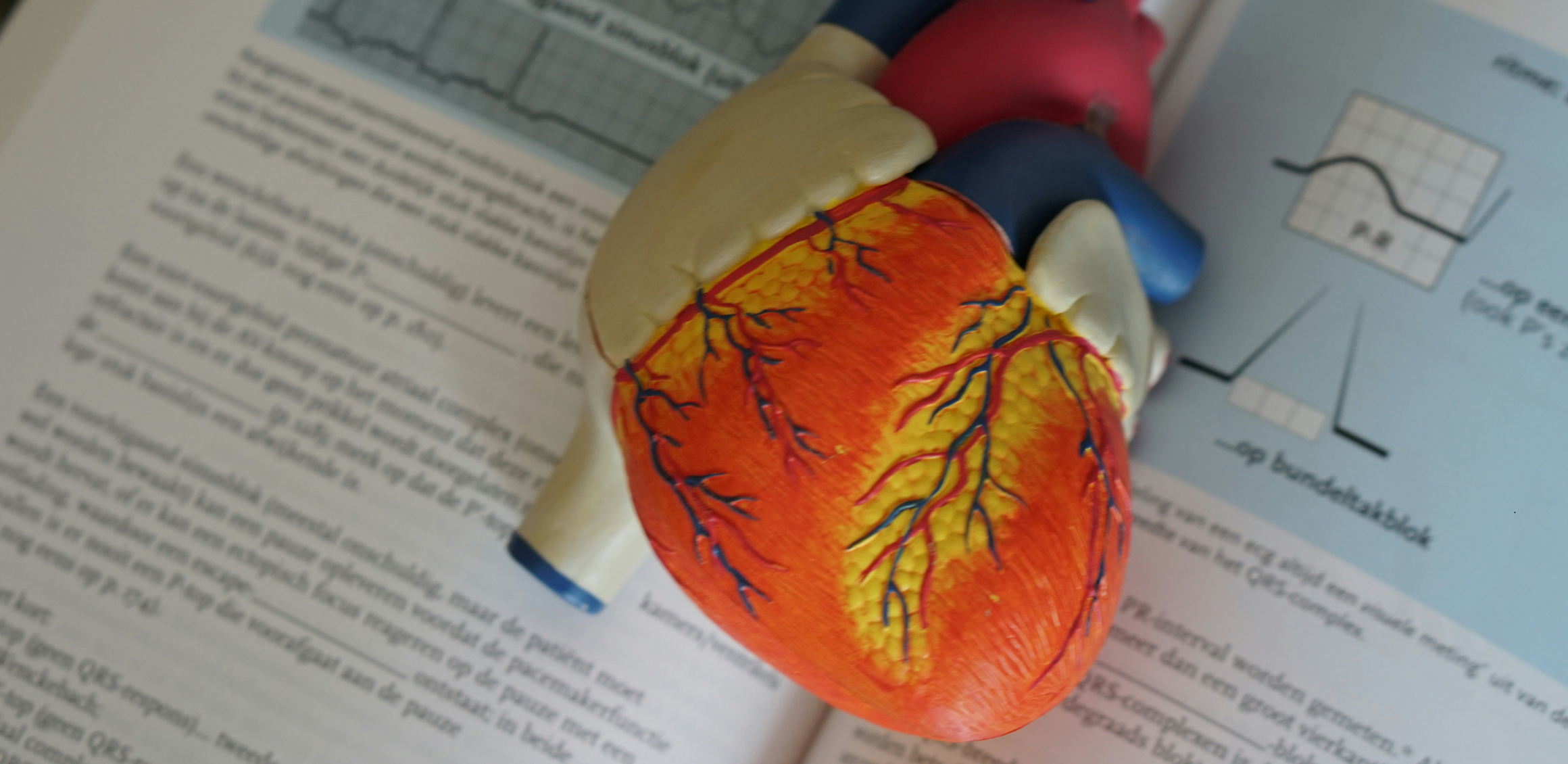- TAVI
- Tri-Klip
- Complex Coronary Interventions
- CTO Treatment (Chronic Total Occlusion)
- Balon Mitral Valvuloplasti
- Pulmonary Balloon Valvuloplasty
- Septal Ablation
- ASD (Atrial Septal Defect)
- Coronary Arteriovenous Fistula Closure
- Paravalvular Leak Closure
- Ablation Methods for Tachycardias
- Supraventricular Tachycardias
- Atrial Fibrillation
- Epikardial Ablation
- Stereotactic Radiosurgery
- Lead Extraction
- Device Implantations
- Pacemaker / ICD
- CRT / CRT-D Implantation
- Wireless Pacemakers
- Renal Denervation
- Non-Surgical Treatment of Aortic Aneurysms and Ballooning
- Cardioneural Modulation

Ablation Methods for Tachycardias
Tachycardia refers to an abnormally fast heart rate, which can result from various underlying causes.
Ablation Methods for Tachycardias
Tachycardia refers to an abnormally fast heart rate, which can result from various underlying causes. Supraventricular tachycardia (SVT) and ventricular tachycardia (VT) are common types of arrhythmias characterized by irregular electrical activity in the heart, often necessitating treatment with ablation. Ablation involves using a catheter to identify and eliminate the source of abnormal electrical signals, restoring normal heart rhythm and alleviating symptoms.
Ablation for Supraventricular Tachycardia (SVT)
SVT is characterized by the abnormal rapid beating of the atria (upper chambers of the heart). Certain types of SVT arise due to an additional pathway or connection in the upper atrium. Ablation aims to eliminate this abnormal pathway or connection. The procedure typically involves the following steps:
1. Catheter Placement: A catheter is guided to the heart through the femoral artery or vein.
2. Mapping: Special devices are used to map electrical activity within the heart.
3. Ablation: After identifying the source of abnormal electrical signals, these areas are targeted and eliminated using radiofrequency energy or cold therapy.
4. Confirmation: The procedure’s success is confirmed by the cessation of abnormal rhythm.
SVT ablation is generally considered minimally invasive and an effective treatment option.
Ablation for Ventricular Tachycardia (VT)
VT involves the abnormal rapid beating of the ventricles (lower chambers of the heart). VT often occurs as a consequence of underlying health conditions such as heart disease, heart attack, or heart failure. Ablation can also be utilized in the treatment of VT. The procedure may differ from SVT ablation but typically involves the following steps:
1. Mapping and Pathway Identification: The source of ventricular tachycardia is identified.
2. Ablation: A catheter is placed to target and eliminate the areas generating abnormal electrical signals.
3. Confirmation: The success of the procedure is verified by the restoration of normal rhythm.
VT ablation, like SVT ablation, can be an effective treatment option for patients, although procedural specifics and outcomes may vary.
Advantages and Risks of Ablation
Ablation effectively treats specific types of tachycardias and is generally associated with minimal invasiveness. Advantages include:
• Effective Treatment: By eliminating abnormal electrical signals, normal heart rhythm is restored.
• Minimal Invasiveness: Typically performed through a small incision or puncture.
• Success Rates: High success rates are observed in appropriately selected patients.
However, like any medical procedure, ablation carries certain risks:
• Bleeding or Infection: Potential complications at the catheter insertion site.
• Arrhythmias: Temporary or permanent rhythm disturbances may occur post-procedure.
• Failure: Incomplete success of ablation may result in recurrent tachycardia episodes.
Due to individual patient variability, treatment options and procedural risks should be carefully evaluated and guided by a specialized physician.
